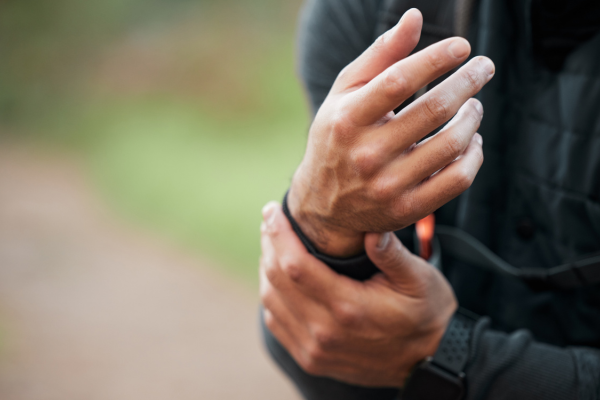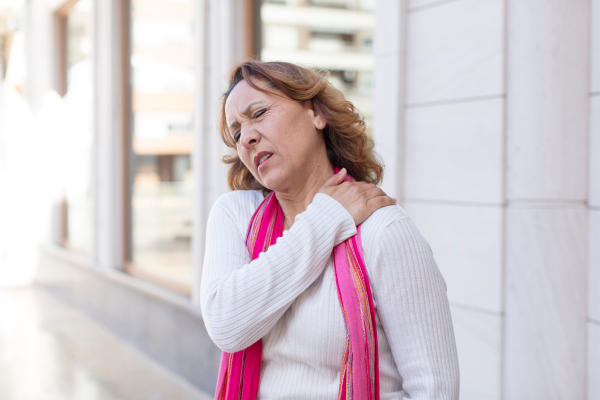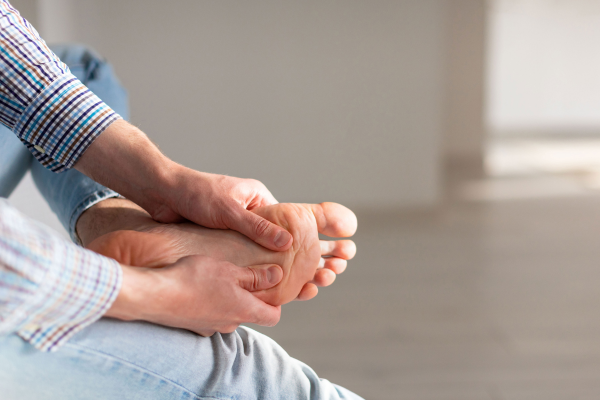We have found an increasing number of school age children and teenagers coming to our clinics over the past few years complaining of neck and upper back pain. One of the major causes of these symptoms is due to carrying rucksacks, loaded with books that are too heavy, so choosing the right school bag for your child is essential.
On a regular basis, rucksacks may equal 20% to 40% of a child’s own body weight, which is equivalent to a 150-pound adult carrying a 30 to 60lb rucksack around 5 days a week. This amount of weight understandably creates a great deal of strain on a child’s spine. An additional strain that compounds the issue comes from children and teens carrying their rucksacks over one shoulder, causing an uneven load on the spine.
Warning signs that a rucksack is too heavy include a change in posture when wearing it, struggling to put it on or take it off, pain when wearing the rucksack, tingling or numbness in arms or red marks on the shoulders.
Why does it matter?
Many studies have shown that around 30% of school age children have back pain or neck pain, which in itself is concerning. The style of school bag used and some practical tips on reducing stress on the spine may reduce the likelihood of this. Excessive load bearing for long periods of time on immature spines could put children at increased risk of future back problems in adulthood.
How much is too much?
It is generally accepted that school children should not be carrying more than 10% of their body weight. An average eleven year old may weigh around 75lbs (34kg), 10% is 7.5lbs (3.4kg). This equates to as little as three medium sized books and a lunchbox.
Design of school bags
It is recommended that school bags are one of two types. They can be a ‘cross-body’ bag with a wide padded adjustable strap or a rucksack type with two wide padded adjustable straps and ideally a waist belt to take some of the load. In both cases the bag should be worn correctly, not suspended from one shoulder or carried in the hand. The straps should be tight enough to hold the bag close to the body and the school bag should be appropriate to your child’s size.
Tips for children at school and at home
Don’t keep your bag on your back if you don’t need to, if you are standing in the playground, take it off and put it on the ground or a bench.
Don’t swing your bag round to put it on, you may hit someone else with it or cause yourself damage to your back or shoulder muscles. Also, when picking up your heavy bag from the floor, bend your knees and squat down, lifting the bag close to your body. This lessens pressure on the spine and reduces the risk of injury.
Wear your bag correctly, not dangling from one shoulder. Most people will always hang a bag over the same shoulder, causing persistent uneven loading on the spine.
Use your locker if you have one, try to carry only the books you need for the morning or afternoon sessions. Check your timetable and don’t carry all your books, all the time.
When packing your bag, put the heaviest things in first to make you more balanced. Try to get everything you need in one bag rather than carrying several bags.
If you cycle to school, you shouldn’t wear your bag unless it has a waist belt to stop it swinging around, you should use a bag rack instead.
Stand up straight when you have your bag on your back, try not to slouch and stand with your weight evenly on both legs.
Keep active, it is recommended that children do an hour of physical activity a day – strong muscles will help prevent poor posture and back pain. Being overweight will place extra stress on the spine, hips and knees.
If your child is persistently complaining about any form of back or neck pain and you are concerned, or would just like some advice, then please feel free to contact us and one of our osteopaths or physiotherapists will be more than happy to help.





